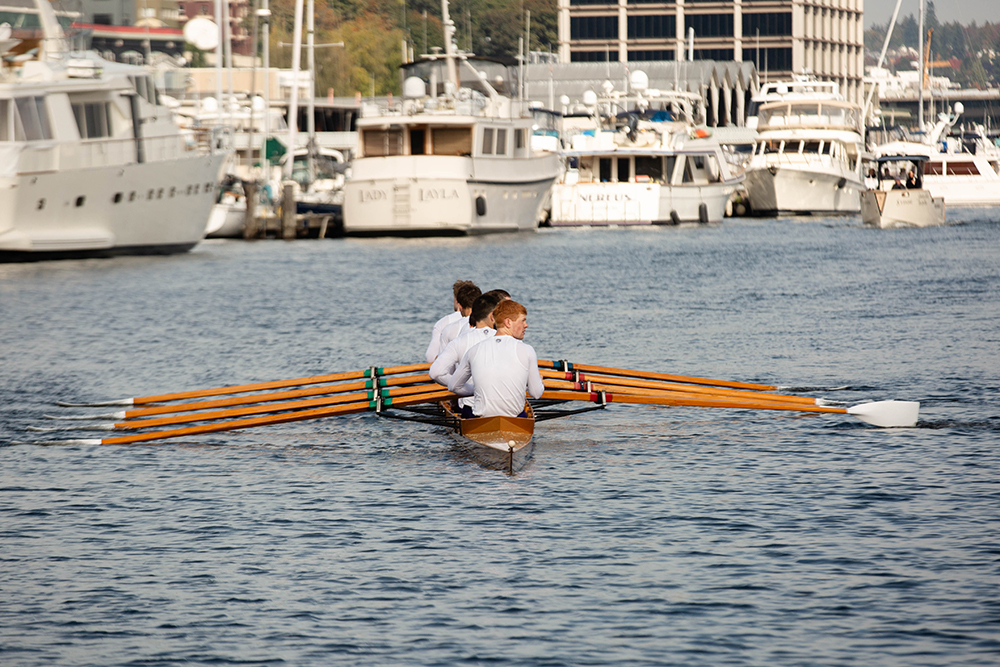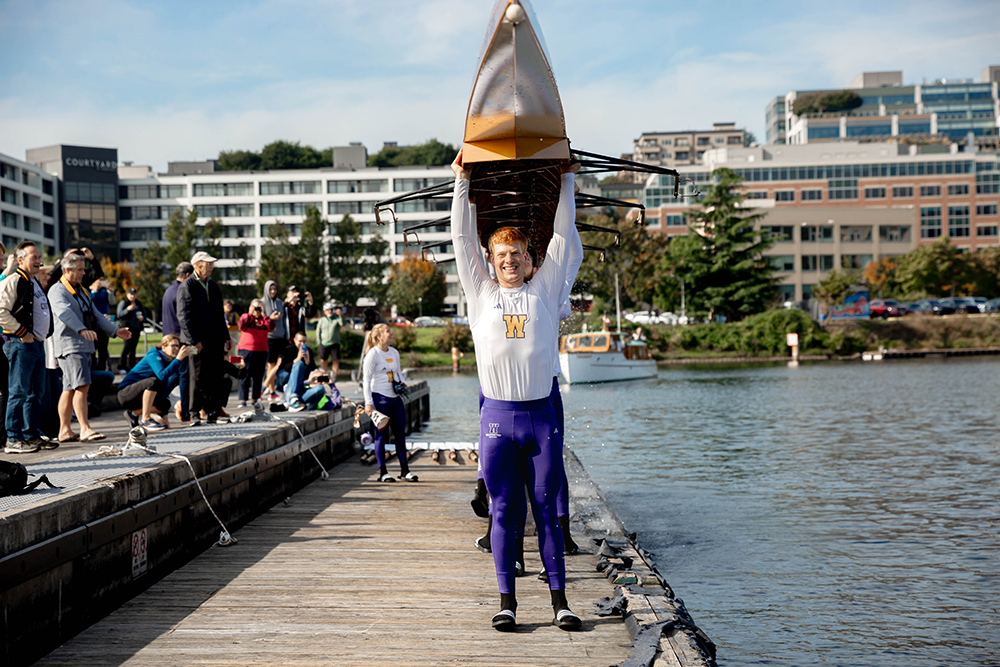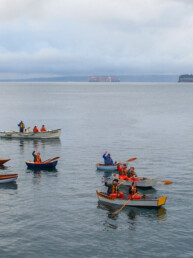On November 24, Seattle’s Museum of History and Industry (MOHAI) will open a new exhibit that’s sure to be a hit with boaters in the PNW.
Next Month, Seattle’s (MOHAI) will open a new exhibit that is sure to be of interest to boatfolk in the broadest definition. Coinciding with the release of George Clooney’s feature film adaptation of Daniel James Brown’s smash hit book, Boys in the Boat, MOHAI’s new exhibit, ‘Pulling Together’ offers a brief history of rowing in Seattle.

Central to the exhibit will of course be the University of Washington rowing team featured in Boys in the Boat that went to the 1936 Olympics in Berlin to compete in the Men’s Eight, where they shocked the world with their upset win in a wooden Pockock rowing shell. With a selection of rare artifacts and photographs, MOHAIs exhibit invites visitors to learn more about the 1936 gold medal winning team, the legacy of the Pococks and their renowned rowing shells, the broader legacy of University of Washington’s men’s and women’s rowing programs, and other aspects of the sport’s history in our region. You’re sure to leave with an appreciation for what MOHAI describes as the way “rowing has united the city around shared values of teamwork, inclusion, and connected us to the world beyond.”

To celebrate and promote the new exhibit, MOHAI collaborated with numerous partner organizations to invite current University of Washington rowers to don attire similar to that which the ’36 team wore and row the Pocock-built rowing shell, Husky Challenger, across Lake Union to MOHAI where the shell will be a part of the exhibit. It’s hard for anyone who is familiar with the story not to be stirred by the sight. The Husky Challenger is owned by the Northwest Maritime Center (NWMC) and was described by NWMC CEO, Jake Beattie, like this:
The Husky Challenger is a wooden 8-person rowing shell, built in Seattle in 1956 by the legendary Stan Pocock. It’s over 60 feet long, under 2 feet wide, and some of the most amazing woodwork you’ve ever seen. It’s incredible, somewhere between an open-faced missile and an 8-person violin (if people sat in violins). The Maritime Center technically owns it, but it is rowed and stewarded by the all-women rowing club Tuf as Nails. When it’s not on the water it can be found in our boathouse in all of its wooden missile/violin glory.

MOHAI’s new exhibit is not to be missed by anyone who appreciates rowing, PNW maritime history, or the story of Boys in the Boat.
Images courtesy of MOHAI.
Editor
48° North Editors are committed to telling the best stories from the world of Pacific Northwest boating. We live and breathe this stuff, and share your passion for the boat life. Feel free to keep in touch with tips, stories, photos, and feedback at news@48north.com.






